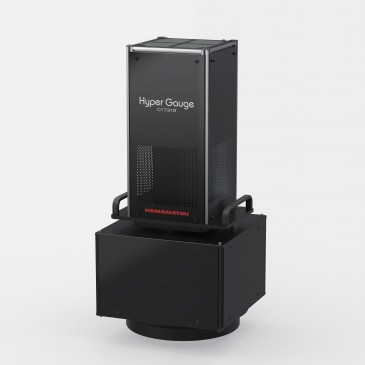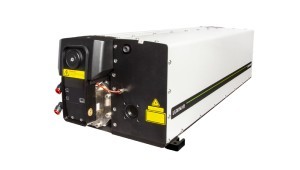
A new market study published by Global Industry Analysts Inc., (GIA) the premier market research company, today released its report titled "Adaptive Optics - Global Market Trajectory & Analytics". The report presents fresh perspectives on opportunities and challenges in a significantly transformed post COVID-19 marketplace.
Adaptive optics (AO) technology is utilized for improving the performance of various optical systems. This is achieved by lowering the effect of incoming wavefront distortions via a mirror's deforming so as to offset the distortion. The technology works by measuring the distortion in the wavefront and compensating the same by using a corrective device for the errors like liquid crystal array or deformable mirror. At present, magnetics concept deformable mirrors and microelectromechanical systems (MEMS) deformable mirrors are among the most commonly used techniques for wavefront shaping applications for AO technology, mainly due to the mature nature of technology, higher versatility and stroke, as well as high resolution offered by wavefront correction. The mirrors used are controlled by a computer system for gaining sharper images. Such images are of critical importance in several industries such as healthcare, aerospace & defense, and industrial manufacturing.
Amid the COVID-19 crisis, the global market for Adaptive Optics is projected to reach US$2.4 Billion by 2024, registering a compounded annual growth rate (CAGR) of 37.2% over the analysis period. The United States represents the largest regional market for Adaptive Optics, accounting for an estimated 40.7% share of the global total. The market is projected to reach US$1.4 Billion by the close of the analysis period. China is expected to spearhead growth and emerge as the fastest growing regional market with a CAGR of 41.4% over the analysis period. The market is witnessing growing demand from advanced optical systems, with applications such as laser communications, beam shaping, laser countermeasures, microscopy and retinal imaging fueling market growth. Given the technology's ability to correct wavefront distortion effects in the real time, AO is increasingly finding use in a variety of applications. The growing demand for optics imaging solutions in defense applications, primarily for identification of long distance targets, is anticipated to boost growth in the global adaptive optics market. Demand for AO systems is growing from healthcare industry, while technology usage continues to grow in astronomy, cellular imaging, and aerospace applications. In particular the escalating demand for advanced optical systems for astronomy applications and the growing need for high resolution microscopy for use in the area of biological research are propelling market growth.
Advancements in AO technology, growing need for corrective eyewear, increasing use of AO in ophthalmology and retinal imaging, and rising adoption of ADAS (adaptive driver-assistance systems) in automobiles are also driving demand for AO systems. A notable trend expected to drive adoption of AO is the growing use of free-space laser communication technologies in a range of industries and the rapid pace of advancements being witnessed in the field of professional astronomy. The market for adaptive optics (AO) is being fueled by driven by the steadily rising investments in R&D initiatives focused on advanced optics and optical solutions. Constant advancements in technology are leading to low cost production of various components, thus aiding further adoption of AO systems.
Key players:
Active Optical Systems, LLC; Adaptica S.R.L; Boston Micromachines Corporation; Flexible Optical B.V.; HOLOEYE Photonics AG; Imagine Optic SA; IRIS AO, Inc.; Northrop Grumman Corporation; Phasics Corp.; Teledyne e2v Limited; Thorlabs, Inc. and Others.




































 Back to News
Back to News

























